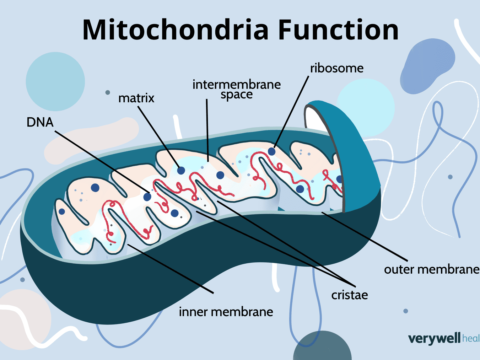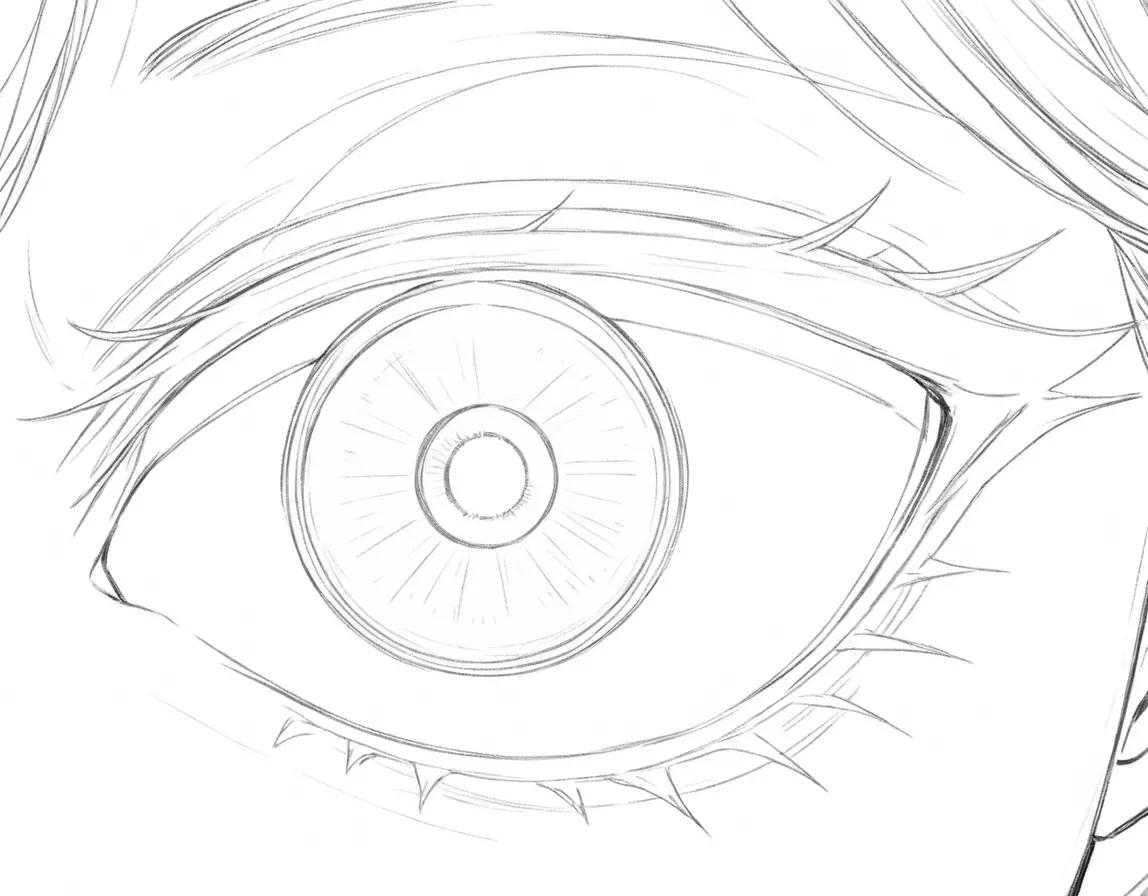
Your eyes can be compared to a camera that focuses on what is before you. The eye is a light-sensitive organ that passes on light rays to the brain in the form of nerve impulses.
It is the brain however that does the final job of converting the nerve impulses into images; the result is we are able to see the world around us.
THE EYEBALL
The inner part of your eye is a transparent jellylike material called the vitreous humor. It is the vitreous humor that gives your eyeball its shape. The wall of your eyeball is made up of outer, middle, and inner layers.
THE OUTER WALL
The first layer of your eye is a protective membrane called the sclera and the cornea. The sclera is the white part of your eye. The cornea is clear and goes over the center of the eye, the area you look through. Light enters your eye through your cornea like how light passes through a camera lens.
THE MIDDLE WALL
The middle layer of the wall is made up of three parts called the ciliary body, the iris, and the choroid. Your iris is in the center of your eye.
The iris can be shades of blue, grey, or brown. The black circle in the center of your iris is known as the pupil. It expands or shrinks as a way of controlling how much light enters the eye.
The ciliary body surrounds your iris and connects to the lens of your eye. Muscles in the ciliary body pull on the lens to adjust and give it focus. The choroid is The blood vessel that supplies blood to your eye and they are found in the middle wall.
THE INNER WALL
The inner layer of your eyeball wall is known as the retina. The cornea and lens focus light on your retina just like a camera lens focuses light rays on film. They bend light rays entering your eyes so that they will hit the center of the retina.
RODS AND CONES
Rods and cones are light-sensitive cells found in the retina. Pigments in the rods allow you to see grays while pigments in the cones allow you to see colors.
Rods and cones convert light rays into electrical signals which are then carried to the brain through the optic nerve. The brain interprets the signals as images.



















